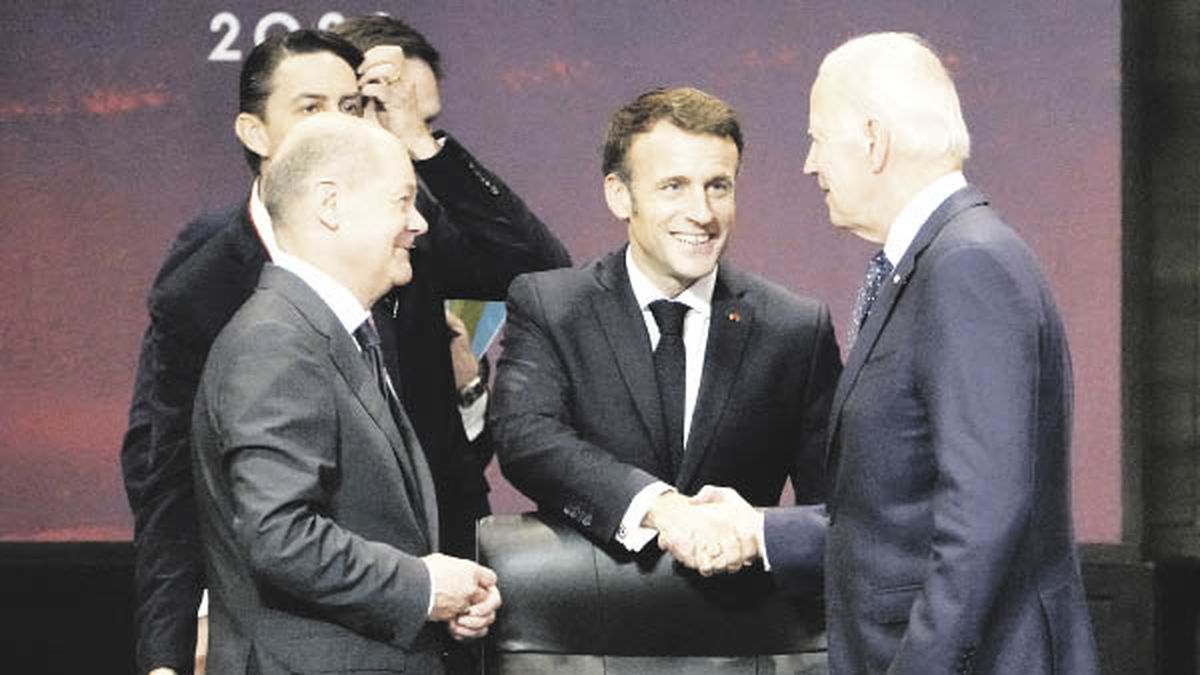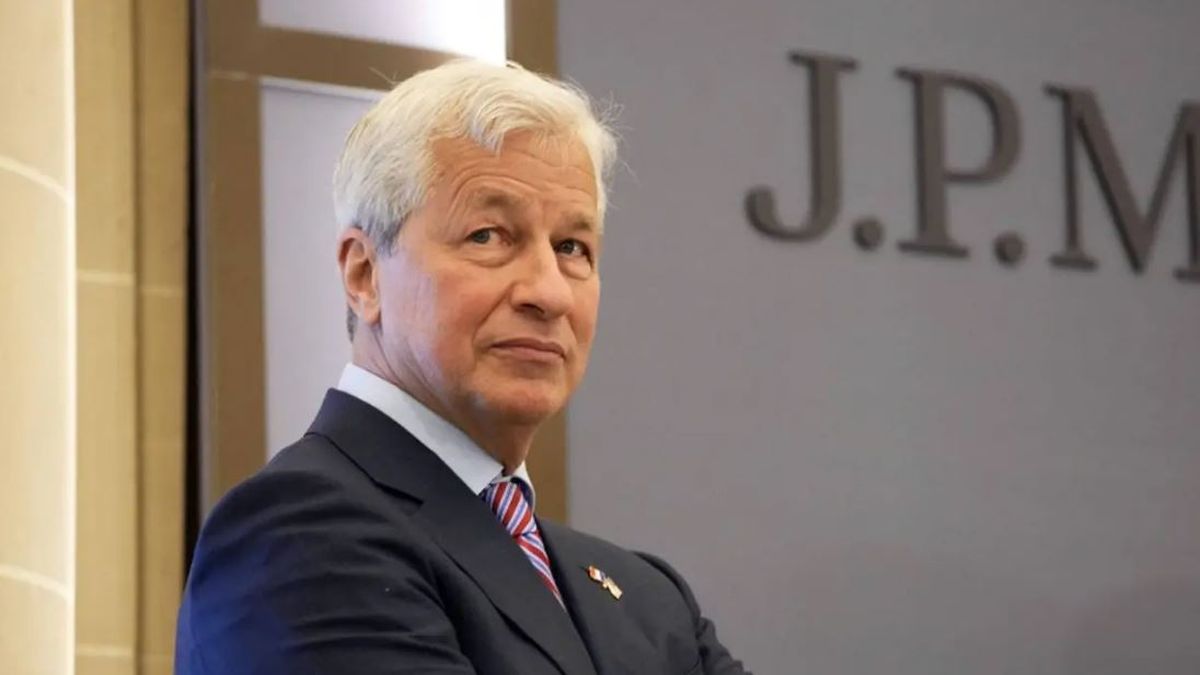The first five concentrate 19,191 tons and the top ten 26,109 tons. But this was not always so. In the last decades there were changes that were also reflected in the world ranking of gold. For example, it is unavoidable irruption of Russia and China. The Russian Federation had less than 423 tons in 2000 and a decade later raised it to almost 789 tons. Its important purchases in the last decade explain the current tenure that allows it to overcome some obstacles and international barriers due to the war with Ukraine.
While the Asian giant chaired by Xi Jinping, in 2000 it barely had 395 tons and in 2010 it rose to 1,054 tons, and today it exceeds 2,000 according to private estimates. In both cases it is speculated that behind these purchases there is a reason to diversify international reserves tending to reduce dependence on the dollar.
Other countries that slipped into the big ones were India and Turkey which went from having 358 and 116 tons respectively in 2000 to 785 and 489 tons today. While those who sold the most were France (from 3,025 to 2,437 tons), Austria (408 to 280 tons, Switzerland (from 2,590 to 1,040 tons), the United Kingdom (from 588 to 310 tons), Venezuela (from 311 to 161 tons) and both the BIS and the ECB also adjusted their holdings by 10% and 30% respectively, while the IMF lowered them from 3,217 to 2,814 tons.
In the region, in addition to the strong sales from Venezuela, Uruguay also sold practically all its gold, it had 56 tons. On the other hand, Brazil and Mexico increased them, from 116 to 130 tons and from 7 to 120 tons respectively. For its part, Argentina maintains the almost 62 tons purchased in the Néstor Kirchner-Alfonso Prat Gay management.
Price
In 2022, the annual average of the price of gold registered a record in the LBMA of 1,800 dollars an ounce, after having reached highs of more than 2,000 dollars in the first quarter. Thus, the price of gold closed the year with a marginal gain, despite facing notable headwinds due to the strength of the dollar and the increase in world interest rates. For example, strong retail investment pushed demand for bars and coins to a nine-year high.
Strong growth in Europe, Turkey and the Middle East offset a sharp slowdown in China, where demand was affected throughout the year by Covid-19-related factors. Under this scenario, analysts consider that the demand for gold faces mixed prospects in 2023 but with upward potential. Investment is likely to be supported by heightened recession and geopolitical risks, and jewelry demand should benefit from the continued recovery in China. However, central bank purchases could struggle to match 2022.
Source: Ambito




